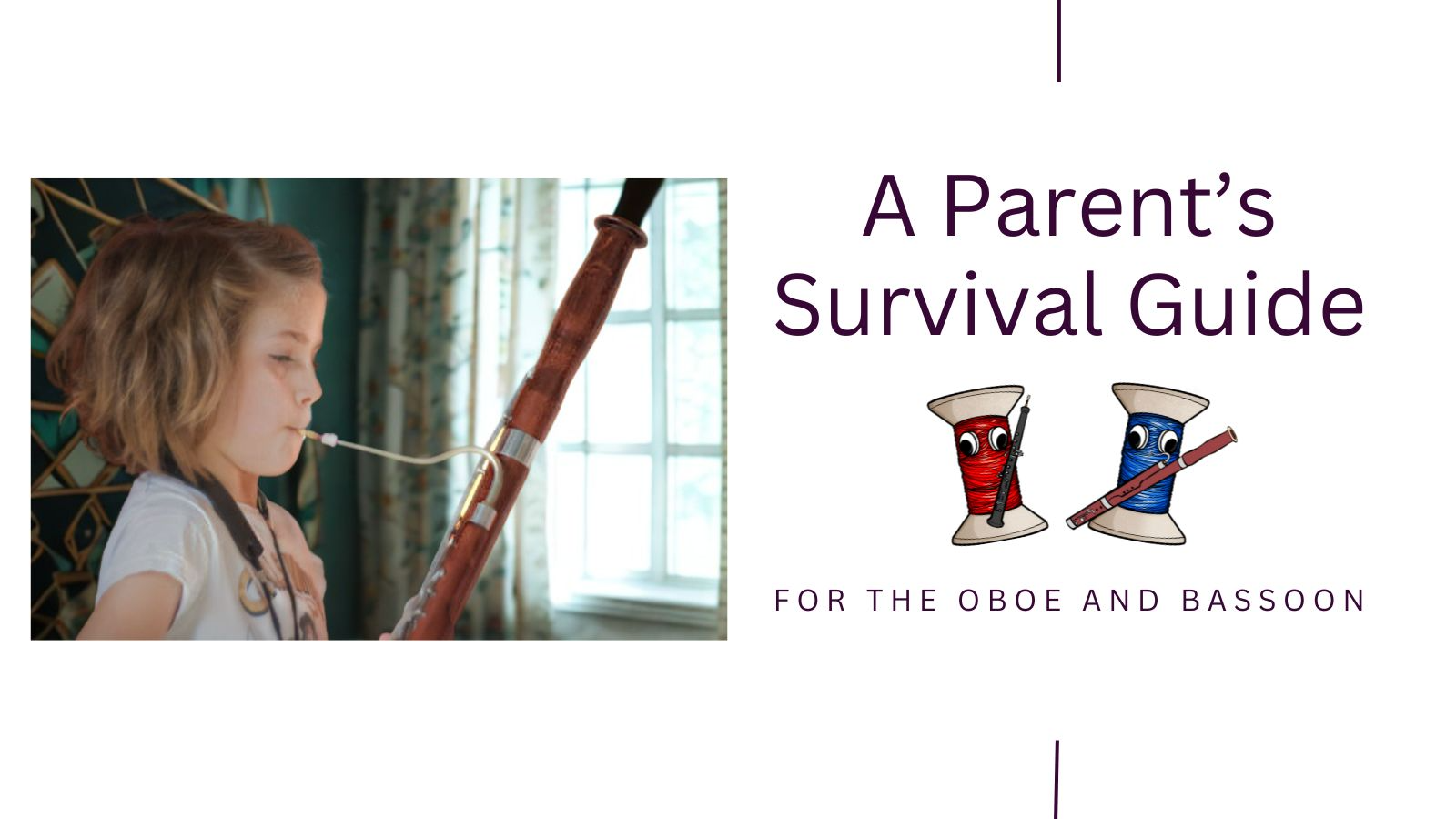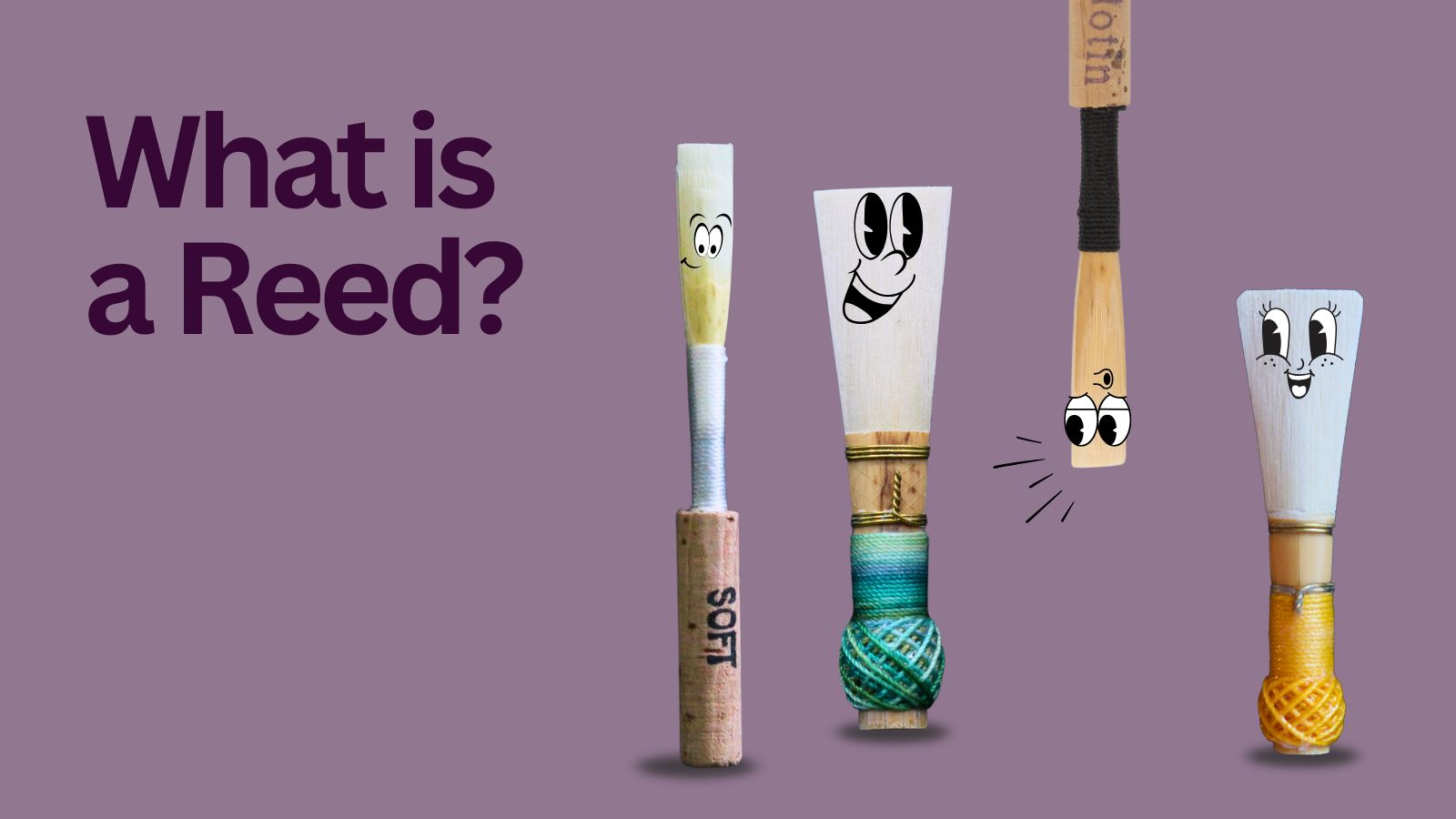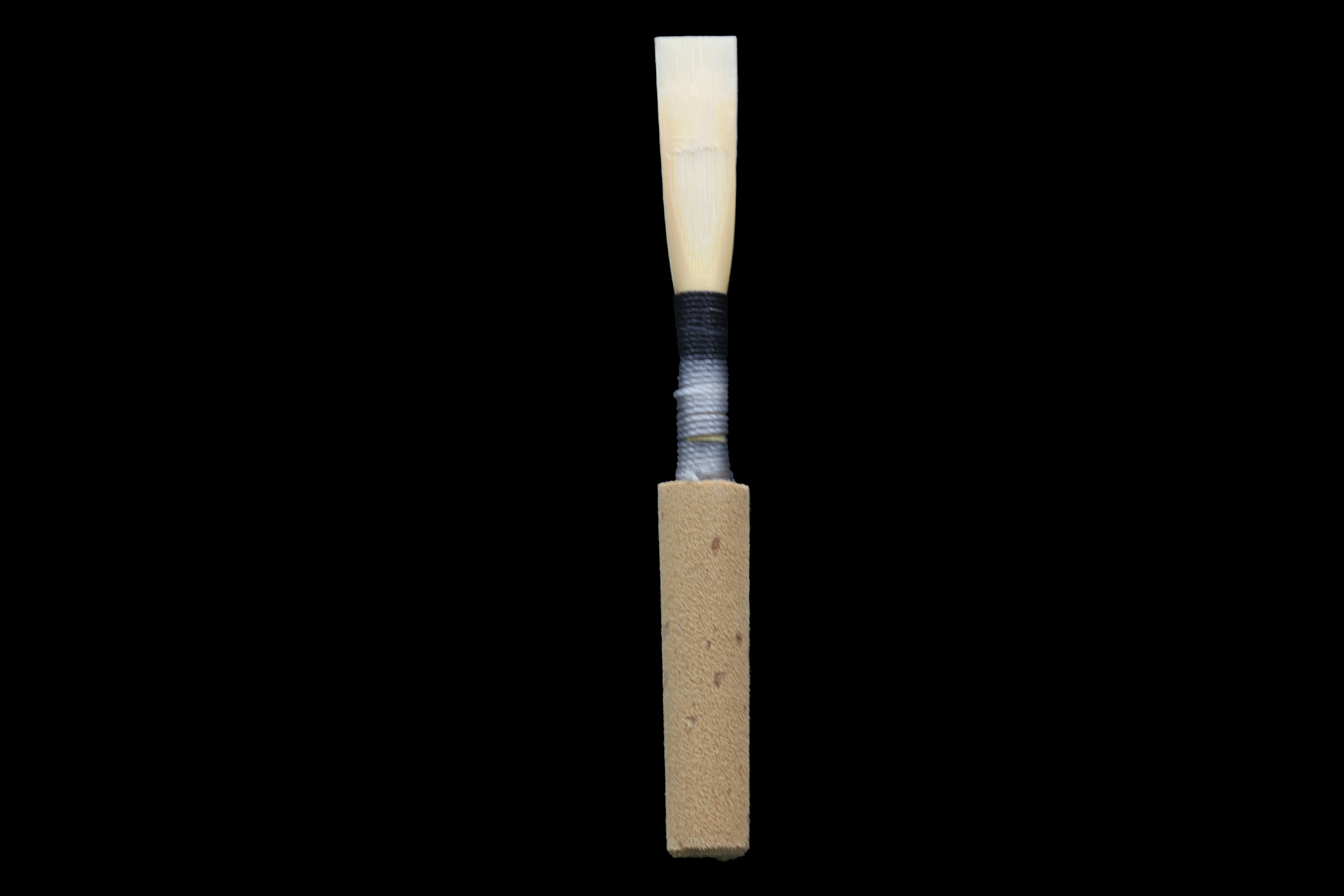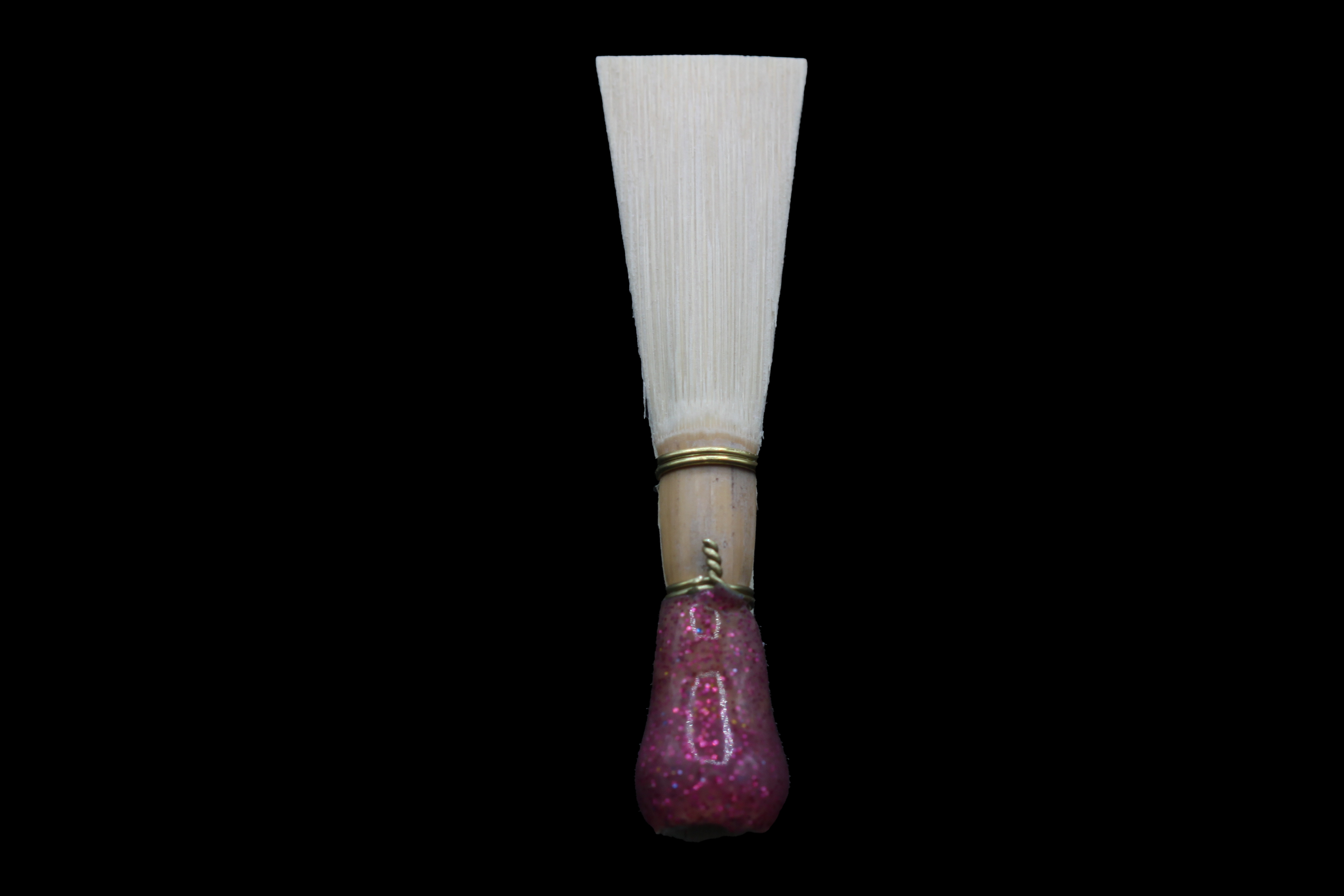The Oboe and Bassoon Parent Survival Guide
Picture this: you’ve just picked your kid up from band class, and they are proudly sharing that they will be playing an instrument you have never heard of - the oboe or bassoon! Cue the mix of emotions: excitement that they’ve found something unique, confusion because you’re not totally sure what those instruments even sound like, and maybe a little panic about what this means for your time, budget, and sanity.
Don’t worry, you’re not alone. Continue reading to learn how to best support your child on their new musical adventure.
In this resource, oboist Anna Betuzzi and bassoonist Zachary Senick walk you through everything you need to know to help your young musician succeed.

Buying/Renting an Oboe or Bassoon
Depending on the school, you may need to rent or purchase an instrument for your child to play. There are three main ways to obtain an instrument:
- Purchasing a brand new instrument from a music store or instrument dealer. One consideration is that the parent will have to coordinate and pay for annual repair and maintenance for the instrument. Many retailers will offer financing to break up the payment of the instrument into monthly installments.
- Renting an instrument is offered by music stores such as Long & McQuade and consists of a rental contract wherein a parent would have a monthly payment over a set period of time.
- Pros: The instrument can be returned and the contract ended if the student decides to quit early, which allows for a lower initial investment for the family if the student is unsure. Also, the store will often include an annual repair and maintenance in the contract.
- Cons: You will end up paying more overall when the monthly payments are added together compared to the price of buying a brand-new instrument at the beginning.
3. Purchasing a used instrument can be a great option through reputable double reed stores, websites, and communities such as the Council of Canadian Bassoonists Marketplace.
Instrument Dealers
- Oboe (new and used): Jimboe Products (Kitchener-Waterloo, ON)
- Bassoon (new and used): The Bassoon Workshop, Shane Wieler (Caledon, ON). Contact us at info@reedsuppleiscanada.ca for more information.
- Rentals: Long and McQuade (locations nationwide)
Understanding the Different Types of Oboes and Bassoons:
- Oboes and bassoons come in both student (also known as beginner) and intermediate models. The intermediate models typically add extra keys to help facilitate smoother technique and extended range. Intermediate models are often made with more expensive materials.
- Student model oboes are best for a beginner oboist. Teachers often recommend upgrading to an intermediate model oboe after 1-2 years of playing the instrument.
- Student model bassoons are best for beginners as they are made out of plastic and are more durable to accidents that may occur. Typically, a bassoonist will upgrade to a professional level at the end of high school or the beginning of university if they are planning to pursue music studies further.
- Both oboes and bassoons can be made of plastic or wood. Plastic is the standard for student and intermediate instruments, and wood is generally reserved for professional model instruments, as it is more expensive and harder to care for.
Note: A bassoonist will often skip the intermediate stage and go straight to a professional model due to the high cost, limited options of intermediate bassoons, and the need to have all of the professional keywork.
Instrument Brands
There are many brands available with different pros and cons. We recommend the following:
Oboe
- Yamaha Model 241 or 441
- Fox Renard Model 333
Bassoon
- Fox Renard Model 41 or 51
- Moosman M8
- Schreiber S20
What Is a Reed?
An oboe or bassoon reed is made of a plant called arundo donax. When air is blown into the opening of the reed, it vibrates, which is what creates the sound. Oboe and bassoon reeds are both categorized as double reeds, which means they are made of two pieces of reed bound together. They are different from single reeds, which are the type of reeds used for clarinets and saxophones.

Different Types of Reeds:
Double reeds can be factory-made or handmade. Most professional oboists and bassoonists make their own reeds, as reeds are very personal. A reed that works well for one musician might not work at all for another.
Factory-made reeds are often less expensive and may be a good option for a beginner player who tends to break reeds. However, be aware that as your child progresses, they will need to switch to handmade reeds, as these will sound better and be more reliable. Factory-made reeds are often not finished to the same quality as handmade reeds, and as a result, they require more effort to play. Additionally, they often require further adjustments by a teacher to make them more easily playable.
If it is accessible, we recommend handmade reeds for all levels of players. Having consistent, reliable reeds will set your child up for success and allow them to focus on making music!
RSC’s Reed Recommendations for Beginners
Purchasing reeds for the first time? Check out our Starter Kits, designed to make the process stress-free. Each piece has been thoughtfully selected to support early success.
Reed Strengths
Some reeds (especially factory-made) are sold in different strengths, such as medium-soft, medium, and medium-hard. Generally, medium-soft works best for an absolute beginner, medium for beginner to early intermediate, and medium-hard for an intermediate-level musician.
Reed Care and Maintenance
- Your child will need to have at least two reeds at any time, one for regular use and one as a backup. Reeds are very fragile, and any small chip or crack could render the reed unplayable.
- Reeds will often be sold in a clear plastic container. However, you do not want to store them in this, as they are air-tight and will not allow the reed to dry, causing it to become moldy. You can buy a reed case to store them in between playing, so they dry out fully.
- Reeds (unfortunately) do not last forever! The more often they are played, the faster they wear out.
- Oboe and bassoon reeds last approximately 20 hours of playing, so it is recommended to have multiple reeds at a time that the student can rotate through. You should plan to buy at least one new reed per month, or more, once your child is at the intermediate level.
- If your child has a private lesson teacher, check with them to see what reeds they recommend!
A Side Note About Plastic (Synthetic) Reeds:
Plastic (or synthetic) reeds have been growing increasingly common in the last few years.
- Last much longer than wooden reeds (up to one year or more).
- Do not change depending on the weather (unlike wooden reeds), so they are optimal for outdoor concerts and marching bands.
- Do not need to be soaked in water before playing.
- Are much more expensive than wooden reeds (but because they last longer, it’s more of an investment).
- Have a different sound quality than wooden reeds. Not necessarily better or worse, just different.
- Cannot be adjusted to individual preferences, unlike wooden reeds.
Playing on plastic reeds is more of a personal preference, so check with your child, their music teacher, and their private lesson teacher (if you have one) to see if plastic reeds would be a good fit.
Check out our offerings of plastic reeds made by Légère.
Supplies and Accessories
Here is a list of the basic supplies and accessories that your child will need to get started:
- A swab, which is a smooth piece of fabric used to clean the inside of the instrument. Make sure you buy an oboe swab for oboe or a bassoon swab for bassoon. Clarinet swabs are not the right size.
- A reed soaking cup, which is a small, sealed container for water. Reeds must be soaked in water for a few minutes before playing. NOTE: Make sure your child either stores the cup outside their instrument case or empties the water cup between uses to avoid spilling water on the delicate instrument.
- A reed case, which should have ventilation holes to ensure the reeds dry out between uses.
- A music stand, which is used to hold up the music at an optimal height. This will encourage good posture, which is essential for long-term success.
- Concert clothing. Check with your child’s band or orchestra teacher to find out their dress code, but all-black concert clothing is the most common. This means a black dress shirt, black dress pants (no yoga pants or black jeans), black dress shoes, and black socks.
- A method book, which is a series of exercises that teach the basics of playing the instrument one skill at a time. Check with your child’s teacher to see if they have a required book.
- A pencil, used for marking music. Pen should not be used to mark music as it cannot be erased.
- Nice to have: a metronome and tuner (which are often combined into one handy device). The Korg Combination Tuner and Metronome is a staple in every musician’s tool kit. Having a physical device can be extremely useful for healthy practice habits. There are apps available that perform the metronome and tuner functions; however, using your phone could be distracting during practice sessions and may not be permitted at your child’s school.
Want to Save on Reeds and Accessories? Reed Supplies Canada is proud to offer a student discount to all middle school, high school, and post-secondary students. See our Student Discount page for more information on how to sign up.
Private Teachers

Why is Having a Private Teacher Useful?
A private oboe or bassoon teacher is a professional musician. They will have a specialized knowledge base for their specific instrument, and provide tailored 1-on-1 coaching to help your child succeed.
Taking lessons with a private music teacher is different from taking band or orchestra classes in school. Band and orchestra teachers have a wide, general musical knowledge base and will be able to help your child succeed as a musician in an ensemble. However, they do not have the capacity to provide ongoing individual feedback to every student.
That’s where having a private teacher comes in. They can make sure that your child’s reeds are suitable for their level, ensure their oboe or bassoon is functioning properly, and tailor their teaching to your child’s unique needs.
A private teacher will also teach oboe or bassoon specific techniques, while in band class, your child will learn general musicianship skills.
Where to Find a Private Teacher:
If your child is in a band or orchestra, reach out to their music teacher to express interest in private lessons. The teacher likely has connections with the local music community and may be able to connect you with a professional oboist or bassoonist in your area.
Reed Supplies Canada also keeps a list of private teachers from across Canada. If you need help locating a private teacher, reach out to info@reedsuppliescanada.ca.
Supporting Healthy Practice Habits
Learning a musical instrument teaches your child so much more than just how to make a sound on their instrument. It will teach them life skills such as organization, discipline, and interpersonal skills. Here’s how you can support your child to create healthy practice habits:
- Make a routine. Choose 3-5 days per week where your child will be available, and consider adding it to your calendar like any other activity.
- Choose a time when they won’t have any distractions for at least twenty minutes. Over time, as they build endurance, they will be able to extend the practice sessions. Try to keep the schedule consistent to help build the habit of practicing regularly.
- Help create a plan for each practice session, according to recommendations from their teachers.
- Encourage them to stick to their routine by regularly setting and creating goals.
Considerations for a Sustainable Practice Routine:
- Days off are important too!
- Build breaks into every practice session to avoid mental and physical fatigue. Two small practice sessions divided by a short break will be more productive than one long one.
- Create a distraction-free practice space by putting their phone on airplane mode or in another room, turning off the television, etc.
Conclusion
Supporting your child in starting the oboe or bassoon involves many components, such as finding the right instrument and reeds, obtaining supplies and accessories, supporting their learning through a private teacher, and helping to create healthy practice habits and Reed Supplies Canada is here to help you through it all.
If you have any questions about navigating the world of double reeds, don’t hesitate to reach out to us at info@reedsuppliescanada.ca.


